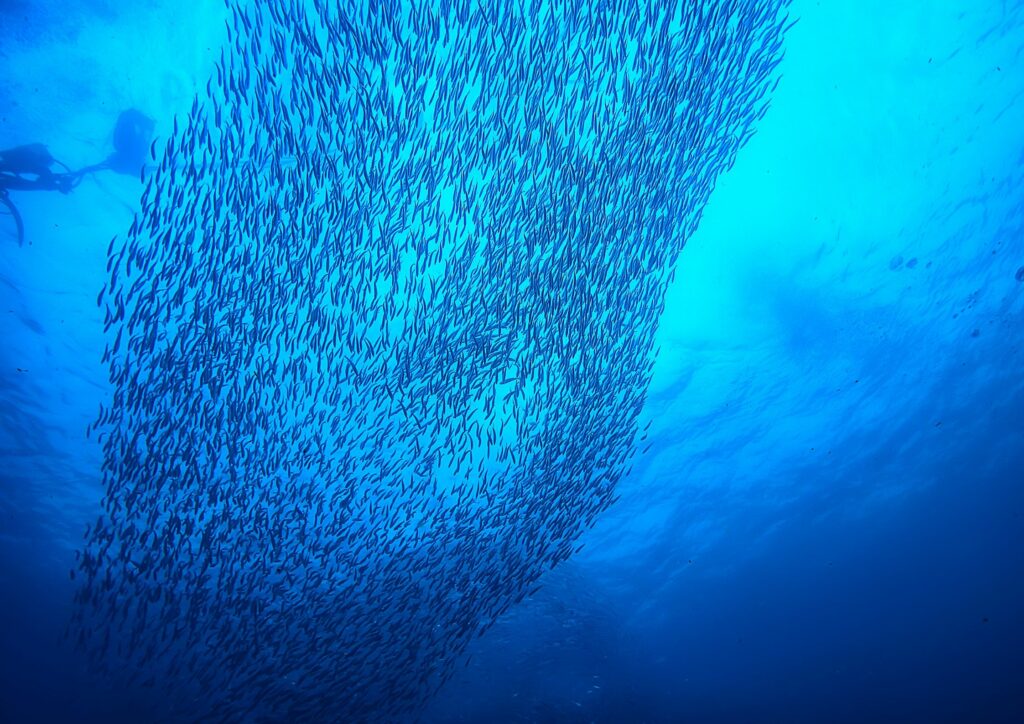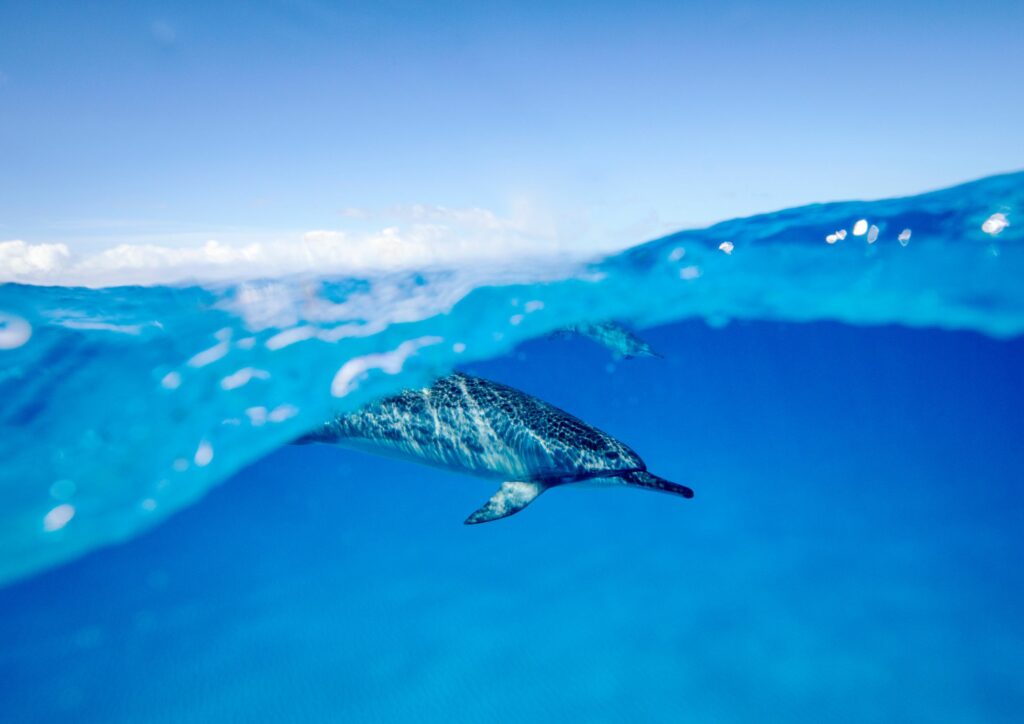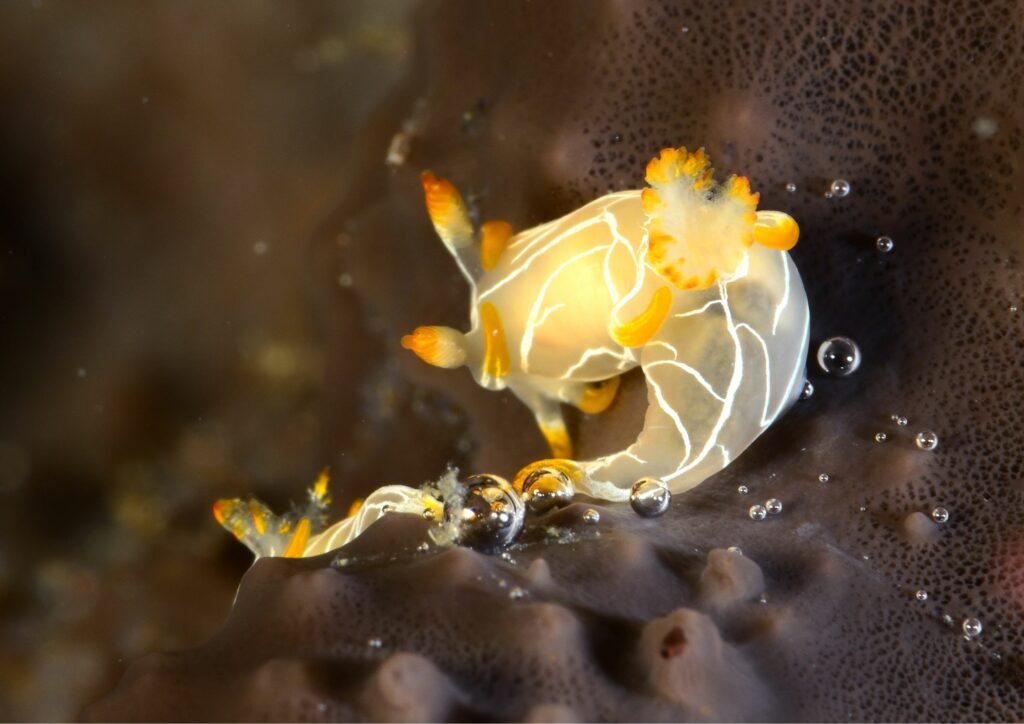For Underwater Photography, the underwater world is a realm of vibrance and mystique, teeming with diverse life forms and breath-taking panoramas that are bound to ensnare the senses of every explorer. As an adventure-seeker armed with a camera, it’s easy to get lost in the mesmerizing beauty of it all. But how can you capture the stunning underwater images as you traverse through the crystal-clear waters to unveil the marine life? Here are five dive photography tips and underwater photography techniques to help you immortalize this ethereal experience.
Master your Diving Skills
Delving into the aquatic world demands more than just passion; it requires exemplary skills, especially in mastering your buoyancy control. It’s not only about ensuring your own safety in the hypnotizing depths of the sea; it’s also about respecting the sanctity of the marine ecosystem, which undeniably is more sensitive than it may seem. The freedom you experience underwater can be intoxicating, but the responsibility that comes with it can be quite daunting. Therefore, reaching a comfortable state in the water becomes a necessary milestone. It’s not just about floating or dipping; it’s about swimming with the lifeforms, being one among them. Cloaking yourself in tranquility so as not to startle the surrounding wildlife is an art that only practice can perfect. Dive more, learn more, and you’ll find yourself becoming part of the blue expanse.
Know your Equipment Inside and Out for Underwater Photography
Just like an artist feels the rhythm of music through their instrument, you need to understand the tune your camera plays underwater. It not only aids in capturing stunning photos but also enhances your safety measures. Your breath under water is the camera in your hands. Know its every bit, the configuration, the optimal settings, and the maintenance checks. Remember you’re not in your natural habit; adjustments are trickier underwater. Moreover, housing your equipment securely is of utmost importance. Your camera needs its own diving suit – a sturdy, waterproof housing – preserving it from the harsh salt and pressure under the surface.
Underwater lighting for Underwater Photography

Mastering the art of underwater photography, you’ll quickly realize the paradox – water absorbs light and color faster than air, yet the seabed is a festival of colors. The depth of the water, the time of the day, and the clarity of the sea, all matter while setting up your shot. Learning the intricacies of natural light and how it plays out underwater is vital. Remember, artificial sources like strobes or torches are your best friends, but only when used wisely. Their interplay with natural light can create magic or ruin the image entirely. An essential thing to remember is the direction of light which directly influences the mood and detail of your photograph. Experiment, practice, and envision the perfect shot dating dance with light.
Get Close, Then Closer for Underwater Photography
Want to know the secret to capturing the beauty of aquatic life with sharpness and vibrancy? In Underwater Photography Get close! Water absorbs light and makes your photos look hazy and desaturated. The closer you are to your subject, the lesser the interference of water particles, the more are the chances of capturing the raw and true colors through your lens. Getting closer gives you a new perspective of the underwater realm, bringing you face to face with the life that thrives beneath the surface. You’ll be surprised how staying less than a meter away from your subject can drastically enhance the color, contrast, and stinging clarity of your images.
Develop your Eye for Composition

You may have the best gear, and you might even be an aquaman in disguise, but none of that guarantees an awe-inspiring photograph. The most important weapon in your arsenal is your eye for composition. It’s an art that gives life to your images. Whether you’re captivated by the minute details of a neon-colored nudibranch or in awe of a massive coral formation, a judicious layout within the frame is crucial. Understand the rules of composition – the rule of thirds, leading lines, use of negative space, and then apply these rules creatively to capture your vision in the frame. It’s a journey of self-expression through your photos. Don’t confine yourself to the rules; break out of the boundaries, experiment with the alignment and perspective, and develop a style that eventually becomes your signature!
Embarking on a Deep-Sea Odyssey

Underwater photography indeed presents a unique set of challenges, but with these dive photography tips and techniques, you’re now better equipped for your underwater adventure. Remember, exploration and creativity are at the heart of every great photo. As long as you keep learning and keep experimenting, the underwater world will reveal its wonders through your stunning underwater images. Now go out there, dive in, and start capturing the aquatic magic!

I’m impressed by the detailed tips and techniques shared in this post. As an underwater photography enthusiast, I can attest that mastering buoyancy control, understanding equipment settings, and developing an eye for composition are crucial steps to capturing stunning images.
Hi Evelyn, thank you for sharing your positive feedback about our blog post on underwater photography tips and techniques! We’re thrilled to hear that the information was helpful and relatable. Mastering buoyancy control is indeed a crucial step in capturing stunning underwater images, as it allows you to move freely and safely while minimizing disturbance to the marine life. Similarly, understanding equipment settings and developing an eye for composition are essential skills for any underwater photographer. We appreciate your enthusiasm and encourage you to continue exploring the world of underwater photography! If you have any questions or need further guidance, please don’t hesitate to reach out to us at [email protected] or call us at +65 6734 9373.
The post highlights the importance of getting close to your subject to capture vibrant colors. I agree that artificial lighting can be a game-changer, especially when used in conjunction with natural light. Can’t wait to try out these tips on my next dive!
Hi Kavitha, thanks for sharing your thoughts! I’m glad you found the post helpful. Yes, getting close to your subject can make a huge difference in capturing vibrant colors underwater. Artificial lighting can indeed be a game-changer when used correctly. Remember to experiment with different lighting setups and natural light conditions to achieve the desired effect. Can’t wait to hear about your next dive adventure! If you have any questions or need further guidance, feel free to reach out to us at +65 6734 9373 or email [email protected].
I’m new to underwater photography and found this post incredibly helpful. The section on composition was particularly insightful, as I’ve been struggling to find the right balance in my shots. Looking forward to putting these tips into practice!
Hi Rafael! Congratulations on taking the first step into underwater photography, and I’m thrilled to hear that our blog post was helpful for you. Composition is indeed a crucial aspect of capturing stunning images, and it’s great that you found our tips insightful. As you start practicing these techniques, don’t hesitate to reach out if you have any more questions or need further guidance. We’re always here to help! At Gill Divers, we believe that learning and growing are essential parts of the underwater photography journey. If you’d like to learn more about our diving courses or get tips on improving your skills, feel free to contact us at +65 6734 9373 or [email protected]. Looking forward to seeing your progress!